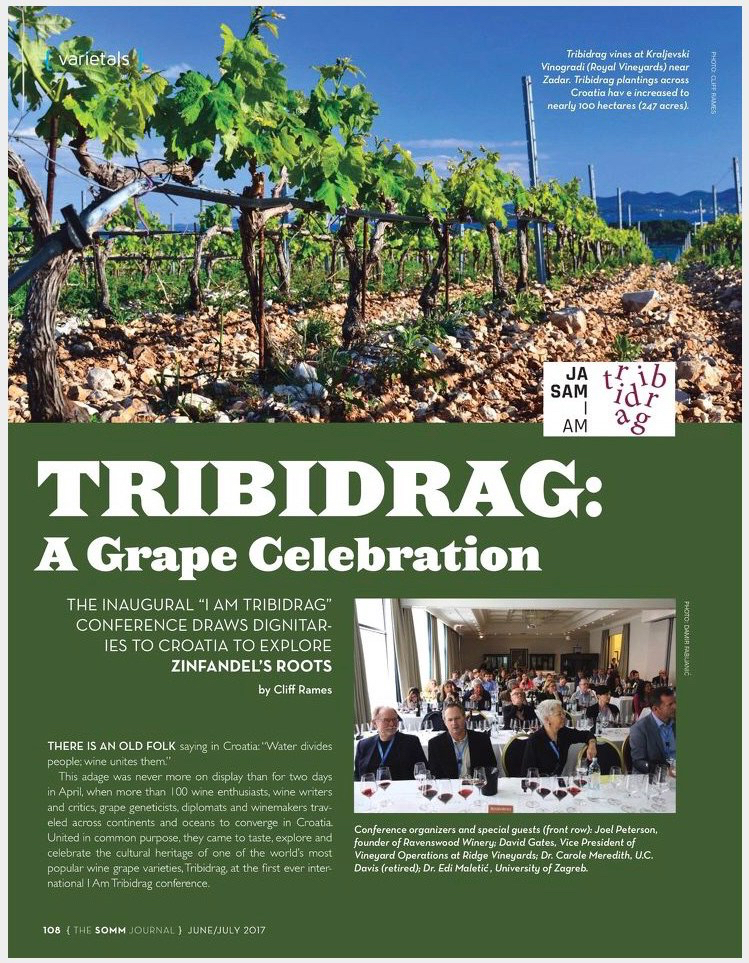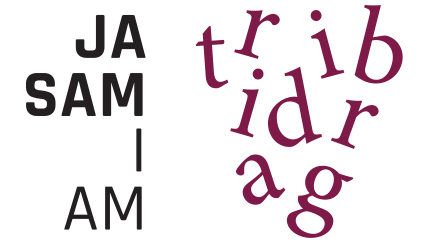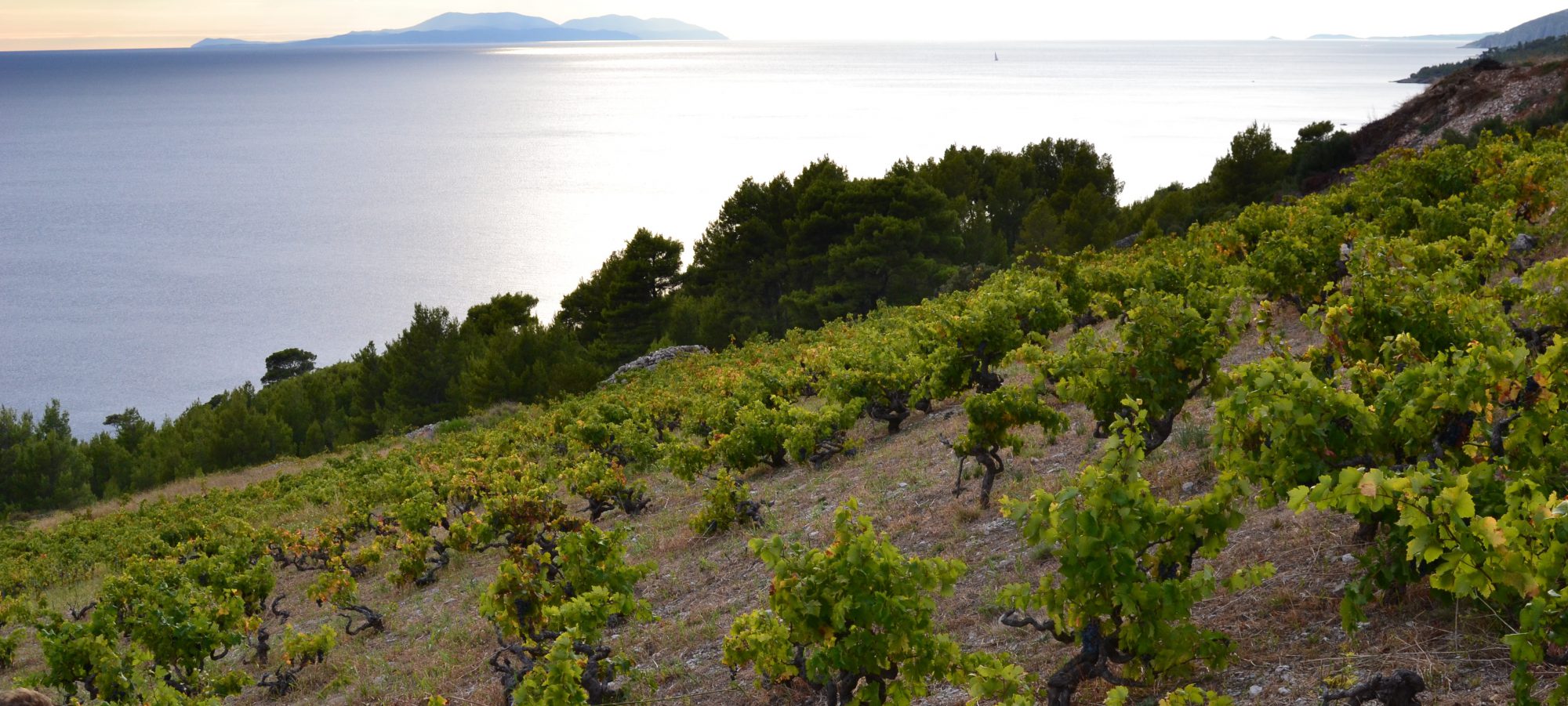The SOMM Journal, a leading wine and spirits magazine based in California with over 100,000 subscribers—many of whom are sommeliers, alcoholic beverage distributors, and other wine professions and enthusiasts—just published a three-page report from the I Am Tribidrag conference, which was held in April 2017 in Split, Croatia.
The I Am Tribidrag conference was a two-day celebration dedicated to a single theme: the amazing story of Tribidrag/ Zinfandel/ Crljenak Kaštelanski and the discovery of its origins on the Adriatic coast of Croatia. Speakers and honorary guests included members of the team behind the discovery: Dr. Carole Meredith of UC Davis, and Zagreb University professors Edi Maletić and Ivan Pejić.

California winemakers David Gates (Ridge Vineyards) and Joel Peterson (Ravenswood Winery) also conducted presentations, as well as botanist and grape geneticist (and co-author of Wine Grapes) José Vouillamoz, and Italian winemaker Lisa Gilbee. Jancis Robinson, the distinguished British wine writer (Purple Pages) and Master of Wine participated as a special guest and moderator of a tasting of Tribidrag wines from around the world.
Written by Wines of Croatia founder Cliff Rames (who is also Contributing-Editor-at-Large for The SOMM Journal and The Tasting Panel magazines), the report includes exclusive quotes and impressions from Robinson, Vouillamoz, Meredith, Peterson, and Pejić.
You can read the article, available now in the June/July 2017 issue of The SOMM Journal, as well as via digital reader on the magazine’s website at this link: http://digital.copcomm.com/i/833814-june-july-2017/108
Enjoy—and share widely!





